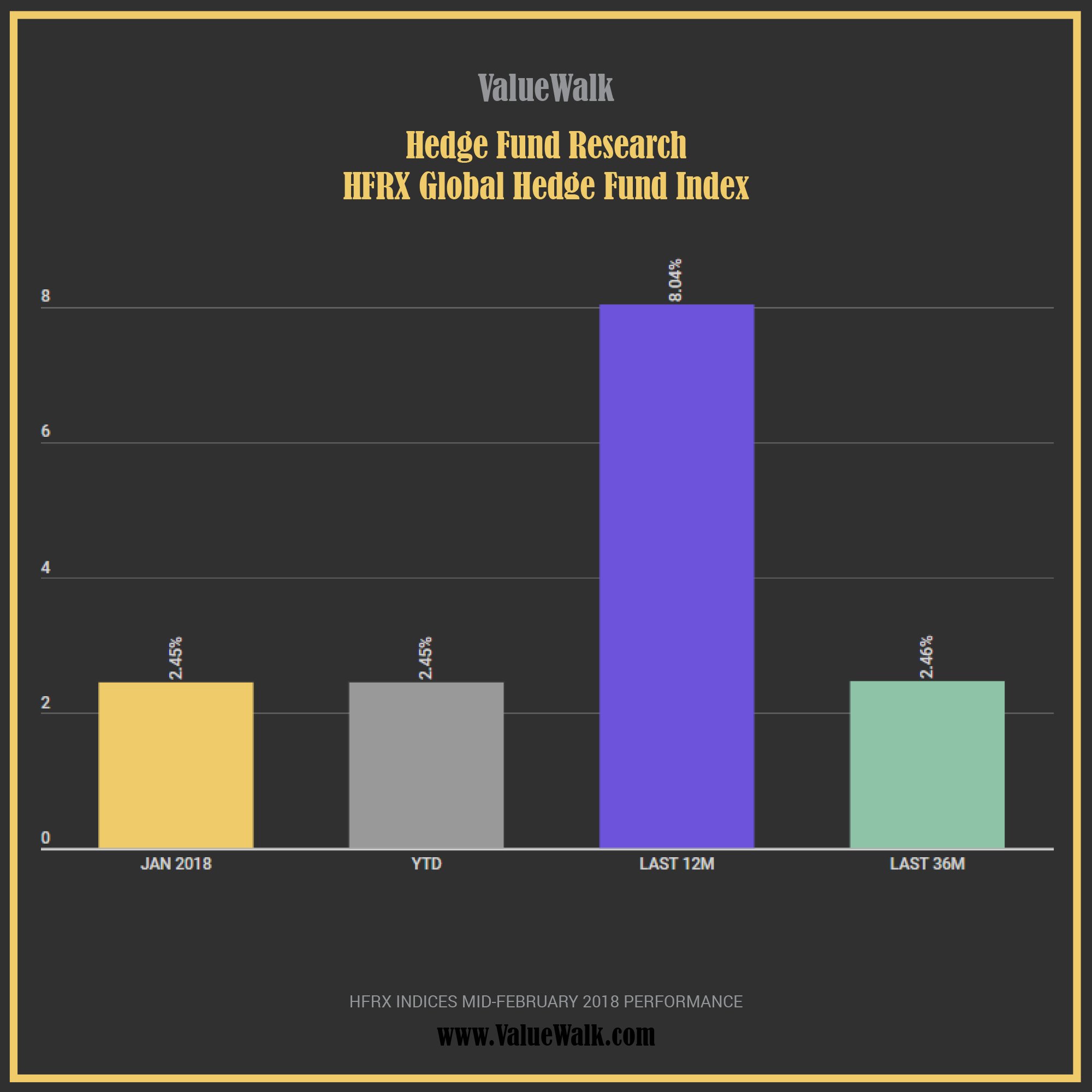All Hedge Fund Managers say “thank you for supporting their investment and adding fuel to their short hedge position when unwound in a carry trade.
Exchange-traded funds designed to mimic the strategies of hedge funds are mimicking their way into some serious losses of late. Alpha ETF’s short and Beta do not.
In the investment world there are two kinds of people -- those who want to beat the market, and those who want to be the market. Hedge fund managers are the former, while index fund managers are the latter. But what happens when an indexer wants to track the hedge fund market? You end up with funds bearing wonky, impenetrable-sounding names like the AdvisorShares QAM Equity Hedge (QEH) and AlphaClone Alternative Alpha (ALFA).
If you can make it past the jargony horror of the fund names and their strategies, they're a pretty interesting bunch. The AdvisorShares QAM ETF, started last August, uses what’s known as a (you were warned) “beta replication” strategy to mimic the HFRI Equity Hedge Total Index of 1,000 hedge funds. “Attempts” is the key word because unlike a Standard & Poor’s 500-stock index fund, which can buy each stock in its benchmark, ETFs aren’t legally allowed to invest in illiquid hedge funds.
What’s more, even if ETFs could do that, many of the best hedge funds in the index are closed to new investors.
400 top-performing hedge fund managers via their quarterly 13F filings with the Securities and Exchange Commission. He then selects 75 of their favorite stocks for the ETF. Another fund with a similar 13F-based strategy, the Global X Top Guru Holdings Index (GURU), also launched last year.
Such strategies face a host of obstacles. Securities law allows hedge fund managers to file 13F holdings reports 45 days after the quarter ends. Many wait until the last minute to reveal their portfolios. So most of that information is at least 45 days old, and information on stock buys could be as much as 135 days old if they were bought at the start of the quarter.
To counteract this, Jadallah scores each manager’s portfolio based on the persistence of their performance after their holdings are disclosed -- that is, how well their stock holdings continue to perform long after the 13Fs are filed. He has 13F data for managers dating back to 2000, and only the holdings of those funds with top persistence ratings go in the ETF.
A potentially bigger problem is that 13F filings don't disclose what hedge funds are shorting or betting against. “You’ve kind of taken the hedge out of the hedge fund strategy if you don’t know what these funds are shorting,”






